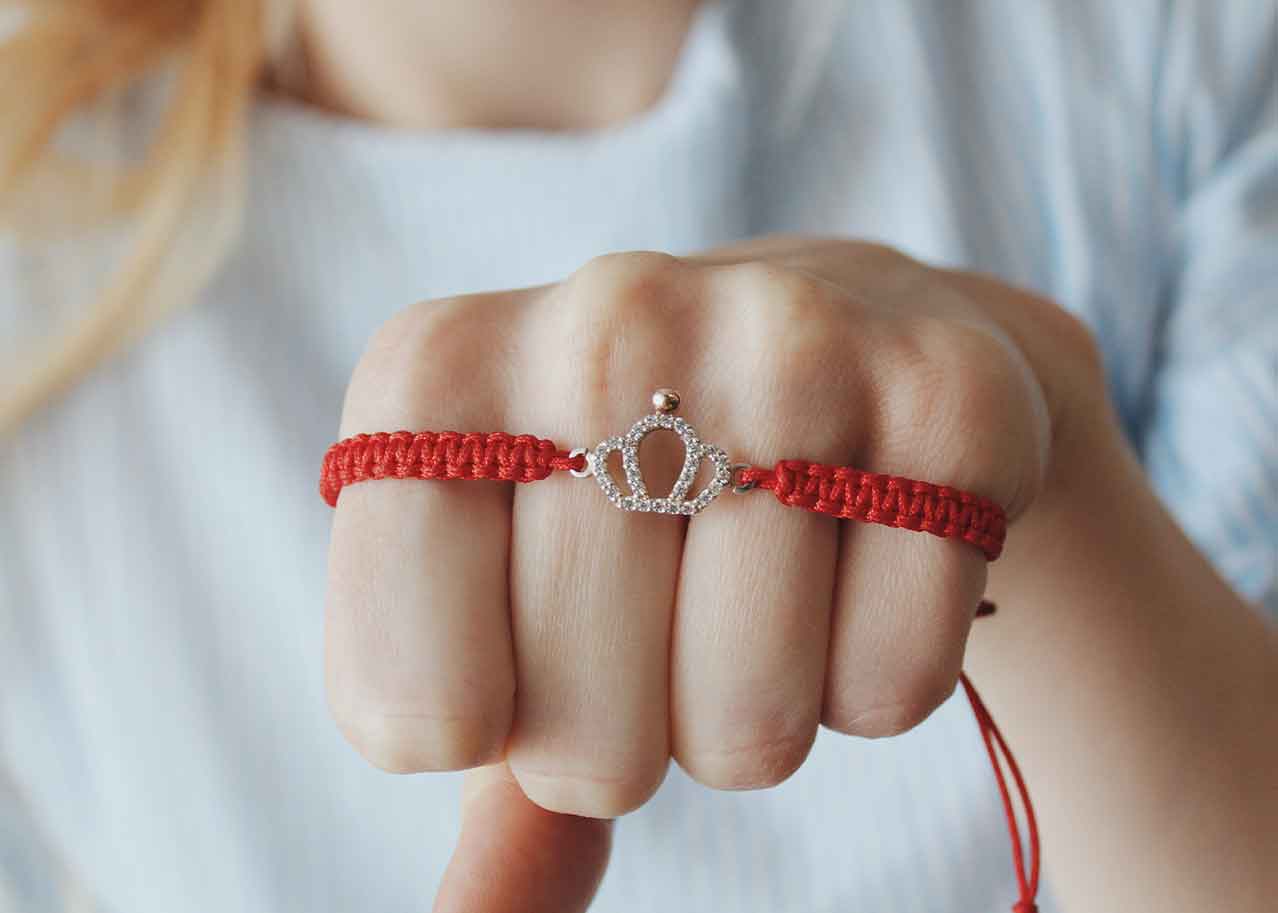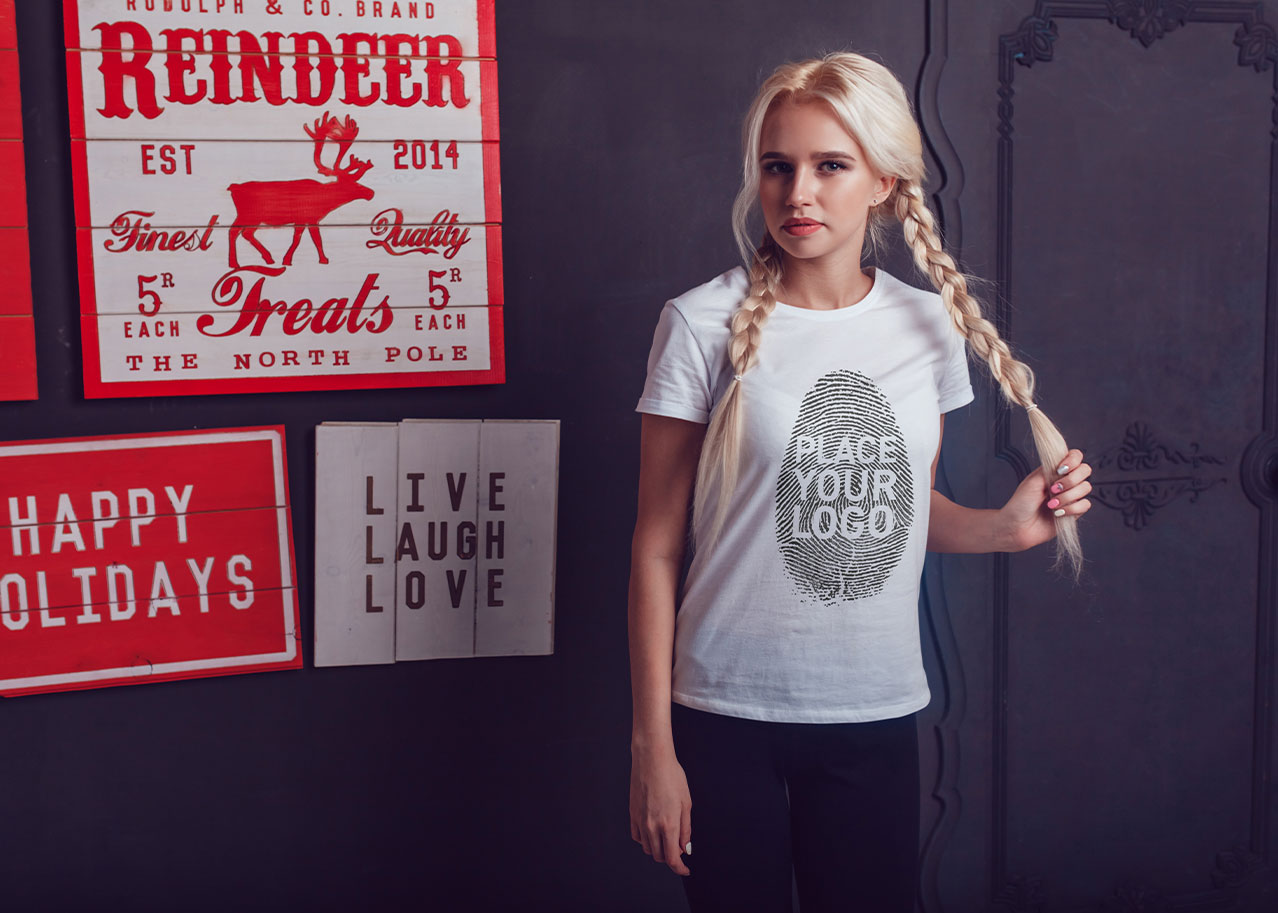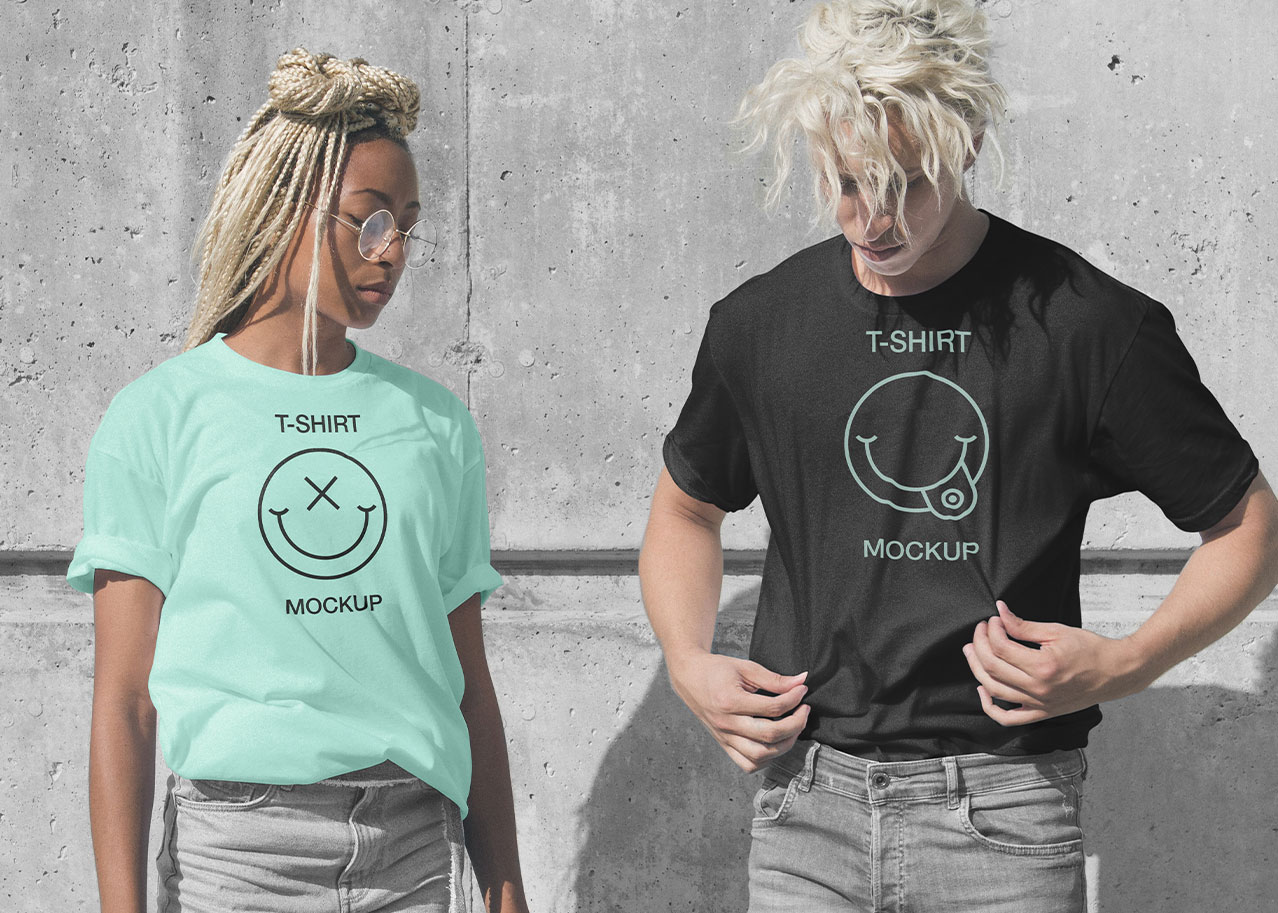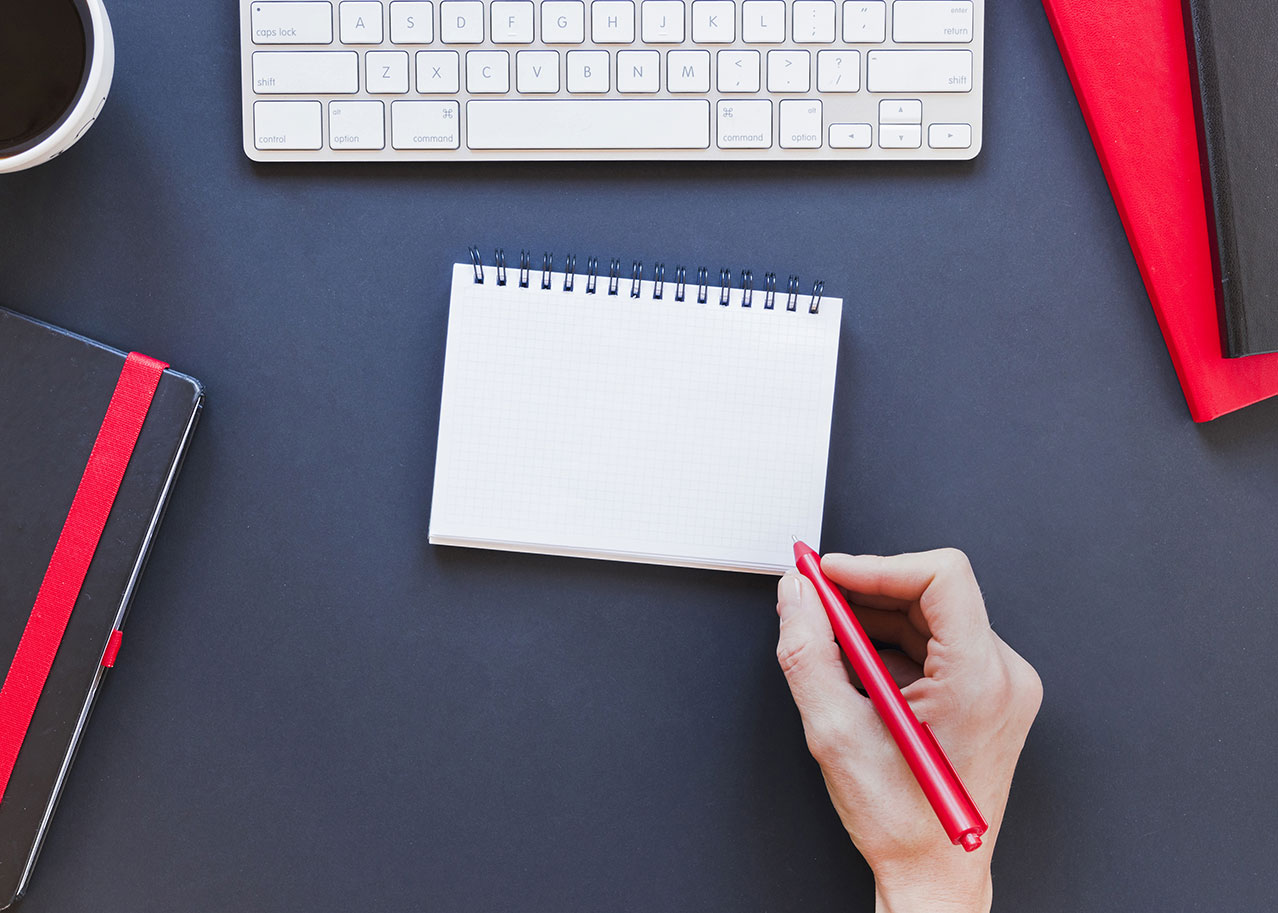Why are custom jewellery so trendy?
For some years now, personalised bracelets have been one of the most popular trends. Even celebrities can’t resist their charm and wear them always.
Custom jewels are original, unique and of great impact. Comfortable and nice, they’re suitable for everyday and special occasions alike. Above all, they’re essential accessories to complete any look.
This makes them perfect both as gift ideas and as a souvenir, as they could capture an important moment of your life. In any case, they’ll have a special meaning that’ll always be with the one who wears them.
Custom jewellery can be of all kinds, but bracelets are at the top of the spring/summer 2022 collection.
Which bracelets to choose?
Choosing a custom piece of jewellery is never easy, especially if it’s a gift. Of course, you should know the tastes of the person you should give it to. However, the memory or phrase to dedicate are important as well.
Customisation is a complex process, perhaps more than it may seem. Attention to detail is crucial for a good result: materials and colours, accessories and writings, they all contribute to the final product.
In short, every choice will be decisive. Knowing the materials and printing techniques available can help you get the effect you want.
Which materials are bracelets made of?
Many materials are used to craft bracelets. There are precious metals as well as innovative and practical ideas. And don’t forget hypoallergenic options for children. You’ll certainly find the best one for your tastes and needs among the various available.
In the following list you can read about the most common materials used for bracelets:
- noble metals: gold and silver. They give the accessory an elegant look.
- precious metals: platinum, titanium and palladium.
Platinum is increasingly popular. The experts consider it the avant-garde in the retail and jewellery industry.
Titanium, too, has a good feedback in this respect. It has incredible characteristics and should gain further attention in the future of this sector. It’s resistant and safe, doesn’t bend nor break, and is completely hypoallergenic. The only disadvantage is that its workmanship is difficult.
- mixed metals: with this category we usually refer to tungsten. It’s cheap and durable but extremely fragile and sensitive to impact.
- non-precious metals: they include copper, brass and bronze.
- non-metals: one example of this category is steel. It’s a metal alloy. In the field of jewellery, 316L steel (Low Carbon) is generally used. It’s composed of Chromium, Nickel and Molybdenum. Nickel can provoke allergic reactions.
- rubber/silicone: they’re hypoallergenic and safe. They’re particularly suitable for sensitive skin and children.
- technical textiles: although it’s the least common material, it’s largely employed. You can find it in fibre and plastic jewellery, or as a composite of recycled materials. It’s used in the creation of modern, comfortable and resistant bracelets.
Which ones are the best?
We usually spend the day in work contexts or with friends. In both cases, however, we rarely have the chance to wear precious jewels. With the right personalised bracelets, you won’t have to give up charm in informal situations.
If this is your goal, you should look for comfortable straps. They should be flexible and less fragile than those used in goldsmithing. It’s no coincidence that the most popular bracelets are made of technical textile. They’re unisex, very versatile and practical to wear. In other words, they’re perfect for everyday life.
The offer is still very wide, and you can choose the best bracelet based on your wishes. For instance, you might be interested in green ideas. If this is the case, you may go for bracelets made with recycled materials.
How to customise a bracelet?
Depending on bracelet type, you’ll have different options to customise it.
Thicker ones allow you to print on the whole surface. In addition, you can decide whether to use the front or the back.
Bracelets with a very thin strap won’t allow such modifications. However, they often come with a metal charm on which you can apply your print.
The most common way to customise a bracelet is by adding a writing. You can put it on the strap or on the accessory.
In any case, it’s a rather limited print area. So, if you want to insert a sentence, you’ll have to find one of the proper length. Otherwise, if you’d rather have a single word, make sure to choose an incisive one. It should express the message you want to communicate effectively.
A simpler alternative is to print a name or an initial. This, too, is a great idea. Moreover, a single letter is the best option for a charm.
Different printing techniques
When you customise a bracelet, try to find the best techniques. This is crucial not to ruin it. Besides, the choice of method will depend on its material as well. Here are some examples.
Scratch, laser or diamond-tipped engraving is suitable for metals. It makes no difference whether they’re precious or common ones.
The procedure is different for silicone and rubber bracelets.
In this case, hot stamping is better. This technique first reproduces the writing on a metal plate, which then applies the shape on the bracelet surface. To do this, it uses the combining effect of heat and pressure. In this way, it creates relief and bas-relief prints.
What if your bracelet is made of plastic, polyester or other synthetic fibres? The printing techniques here include sublimation, screen and pad printing, and digital transfer.
Digital transfer, pad printing and sublimation are all digital. They ensure sharp results and photo-quality colours. They can reproduce multiple shades, too. You’ll find any limitation in this respect in the product sheet of each item.
Digital transfer or pad printing are ideal for print runs of less than 2000 pieces. They allow no price reduction for larger quantities.
Sublimation is for polyester bracelets only. Screen printing is excellent for simple writings, which will be sharp and resistant.
Conclusions
When you customise a bracelet, you should focus on the meaning you want to give to it. It’ll always be with you or with those who receive it as a gift. It’ll arouse an emotion or a memory anytime you or they look at it. Accordingly, it’s the sensations you want to evoke that should guide your choices.
Your bracelet is special because it’s unique and meaningful to the owner. It’s intimate and refined and has a great communicative power. If studied in detail, it’ll be able to convey whatever you want.
After all, why did they thrive on the international market? And how come they became so fashionable? They’re practical and beautiful. They can be worn every day and give a special touch to your look.
By choosing how to customise them, you define your appearance. But their potential doesn’t end there. If you give personalised bracelets as a gift, you’ll be able to say a lot. Emotions and thoughts are often difficult to put into words, but these accessories can help you.
They aren’t just a great gift idea to express your feelings to a loved one. On the contrary, a custom bracelet can say a lot about you, too. Interests and passions engraved on it can show what you like and what defines you. In the end, they can become your hallmark.









